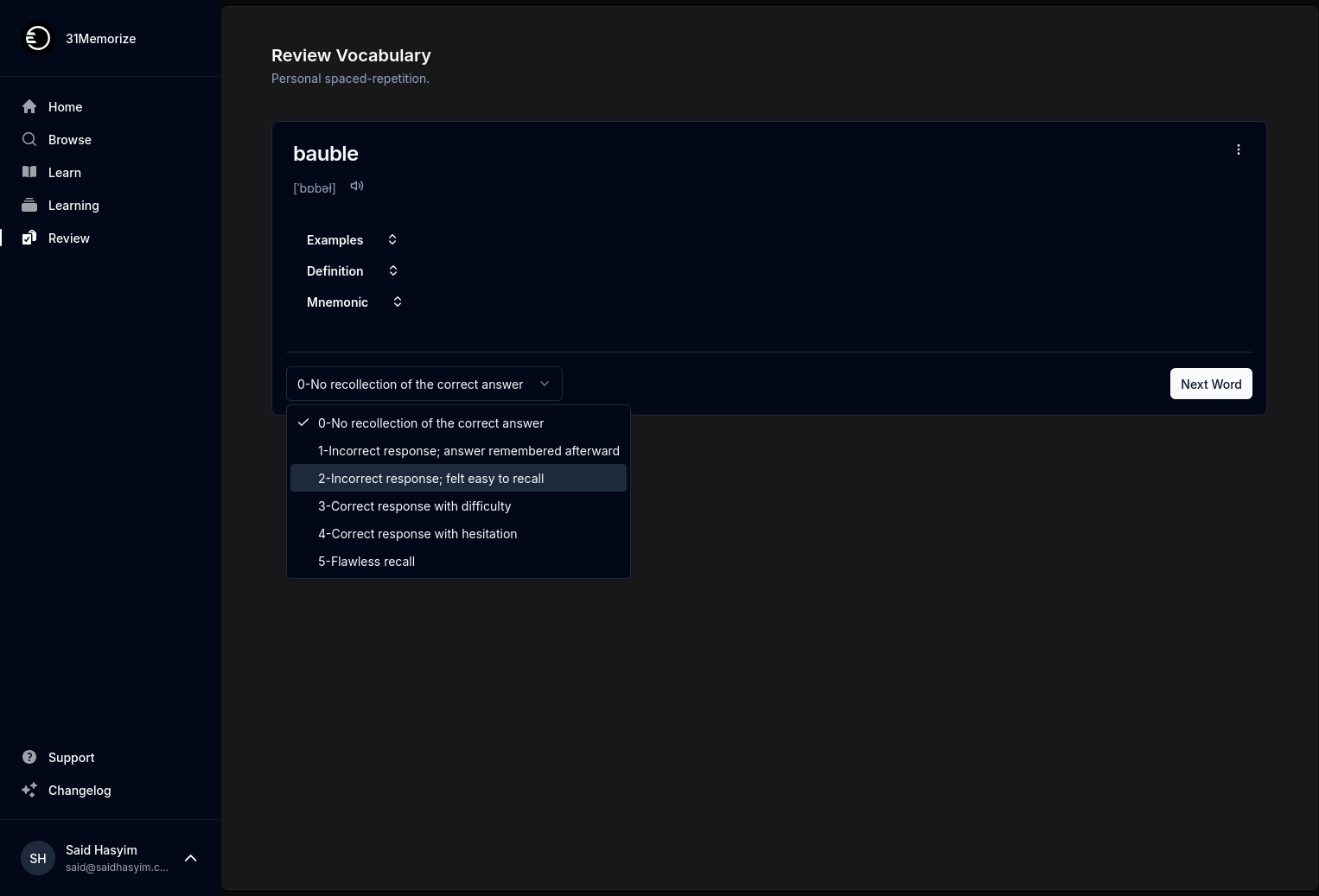How to Stay Ahead with Book Rating Insights
In an era where information overload is the norm, the sheer volume of books being published every year can be overwhelming for avid readers, industry professionals, and aspiring authors alike. With countless genres, themes, and authors to explore, the challenge lies not only in finding what to read next but also in understanding the trends that guide our reading choices. This is where book rating insights become a powerful tool. In this blog post, we’ll explore how book ratings work, the factors that influence them, and how you can utilize these insights to stay ahead in your reading journey and beyond.
Understanding Book Ratings
At its core, a book rating is a numerical representation of a reader’s opinion on a book’s quality. This is often expressed through a star system (e.g., one to five stars), a numerical score (e.g., 1-10), or a thumbs-up/thumbs-down format. These ratings are aggregated from thousands or even millions of readers, giving potential readers a glance at the general consensus about a book.
Why Book Ratings Matter
- Guiding Readers in Their Choices: High ratings generally indicate that a book is well-received, helping readers make informed decisions about what to read next.
- Influencing Purchasing Decisions: Readers often rely on ratings when purchasing books online, making them crucial for authors and publishers aiming to attract potential buyers.
- Identifying Trends: Examining the ratings of different books can reveal trending genres, themes, or styles, which can help readers and writers stay current.
How Book Ratings Work
Book ratings typically adhere to one of the following methods:
- User-Generated Ratings: Most platforms allow readers to provide their input based on personal experience. These subjective ratings contribute to the overall score.
- Professional Critiques: Books may also be reviewed by professionals, such as critics or literary magazines, who provide expert opinions that can sway the public's perception.
- Algorithmic Ratings: Some platforms use complex algorithms that consider various factors—such as the credibility of the reviewer, the number of ratings, and recent changes in rating trends—to generate a final score.
Factors Influencing Book Ratings
Understanding the factors that can influence book ratings is paramount for readers and authors alike. Key players include:
1. Quality of Writing
The technical aspects of writing—such as prose style, character development, and plotting—play a significant role in how a book is rated. Well-crafted narratives often achieve higher ratings, while poor writing styles tend to drag down scores.
2. Subject Matter and Themes
Books that tackle pressing societal issues, personal growth, or provide escapism can resonate more with readers, leading to higher ratings. Current events and cultural conversations can shape what readers are looking for, thus impacting ratings.
3. Marketing and Visibility
A book that has been heavily marketed or that features a widely recognized author may receive more initial ratings, which can skew perceptions. Conversely, an equally good book with little marketing may struggle to garner attention.
4. Reader Expectations
The expectations that come with a genre can heavily influence ratings. A romance novel might be rated lower if it doesn’t meet the tropes that avid romance readers expect, while a literary work might face scrutiny from more casual readers.
Leveraging Book Rating Insights
Now that we’ve established what book ratings are and what influences them, let’s explore how you can leverage this information to stay ahead.
For Readers
Research Before You Read: Check ratings and reviews across multiple platforms to get a well-rounded view of a book's reception. Pay attention not just to the star scores, but also the content of the reviews themselves—look for both praise and criticism.
Follow Trends: Keep an eye on any shifts in genres and themes by observing patterns in book ratings over time. For instance, if historical fiction suddenly soars in ratings, it may indicate a wider cultural interest worth exploring.
Diversify Your Reading List: Approach highly-rated books across various genres to expand your horizons. Look for books with high ratings from different user demographics to get a taste of diverse perspectives.
For Authors
Collect Feedback: Understanding the components that positively or negatively impact ratings can help authors refine their craft. Gathering constructive feedback from beta readers or early reviewers can provide insights into areas needing improvement.
Engage with Readers: Actively participate in discussions around your book’s themes and ratings. Understanding reader expectations and being open to feedback can help you develop stronger future works.
Monitor Trends: Keeping an eye on rating trends in your genre can help you identify what readers currently enjoy or are leaning towards. This can inform your next writing project or marketing strategies.
For Industry Professionals
Market Analysis: For publishers and marketers, analyzing book ratings trends can illuminate shifting market dynamics. Utilize this data to guide publishing decisions and marketing strategies.
Target Audience Understanding: Knowing which demographics are rating particular genres highly can inform your outreach and promotional efforts.
Content Creation: Ratings can guide content generation for social media and other platforms. Highlight trending books, themes, or genre discussions to engage your audience.
Conclusion
As the literary landscape continues to evolve, the importance of book rating insights cannot be overstated. By leveraging these insights, readers can enhance their reading choices, authors can refine their craft, and industry professionals can make data-driven decisions. Understanding what influences ratings—and staying attuned to trends—ensures that you remain a step ahead in both your reading journey and your professional endeavors. Whether you are an avid reader or an industry insider, harnessing the power of book ratings will help you navigate this vast universe of literature more effectively. Happy reading!
